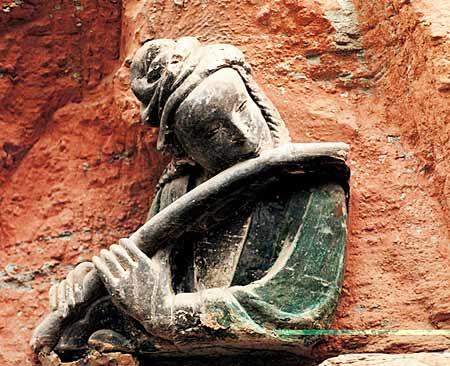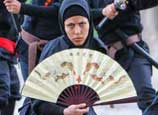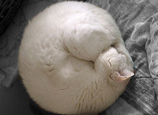
 |
| The flute-playing girl (CNTV) |
The Shizhuanshan Rock Carvings, 25 kilometers to the southwest of Dazu County, were built between the 5th year of the Yuanfeng reign period in the Northern Song Dynasty (1082 A.D.) and the 3rd year of the Shaosheng reign period (1096 A.D.). The Shizhuanshan Rock Carvings contain 10 grottoes and integrated Chinese Buddhist, Taoist and Confucian carvings, which is very rare in grotto art history. The No.6 grotto houses a seated Kongzi statue carved in the front wall and Kongzi's 10 most famous followers carved in the two side walls, which is very unique in the Chinese grotto art history. The No.8 grotto houses Laozi, the founder of Taoism. The grotto looks magnificent with a seated Laozi statue in the center and seven Taoist priest and master statues standing on its two sides. The carvings in Shizhuanshan highlight the synthesis of Buddhism, Taoism and Confucianism, which is a notable feature of the Daze Rock Carvings.
The Shimenshan Rock Carvings, 20 kilometers to the east of Dazu County, were built between the first year of the Shaosheng reign period in the Northern Song period (1094 A.D.) and the 21st year of the Shaoxing reign period in the Southern Song period (1151 A.D.). The Shimenshan Rock Carvings contain 16 grottoes and the statues are mainly based on figures and stories of Buddhism and Taoism. The Shimenshan Rock Carvings are the largest rock carving cluster containing both Buddhist and Taoist statues in the Daze carving area. The Taoist statues in Shimenshan have the highest artistic quality and are unique in Chinese rock carving art history.


















 Wild Siberian tiger kills cattle in NE China
Wild Siberian tiger kills cattle in NE China


![]()
